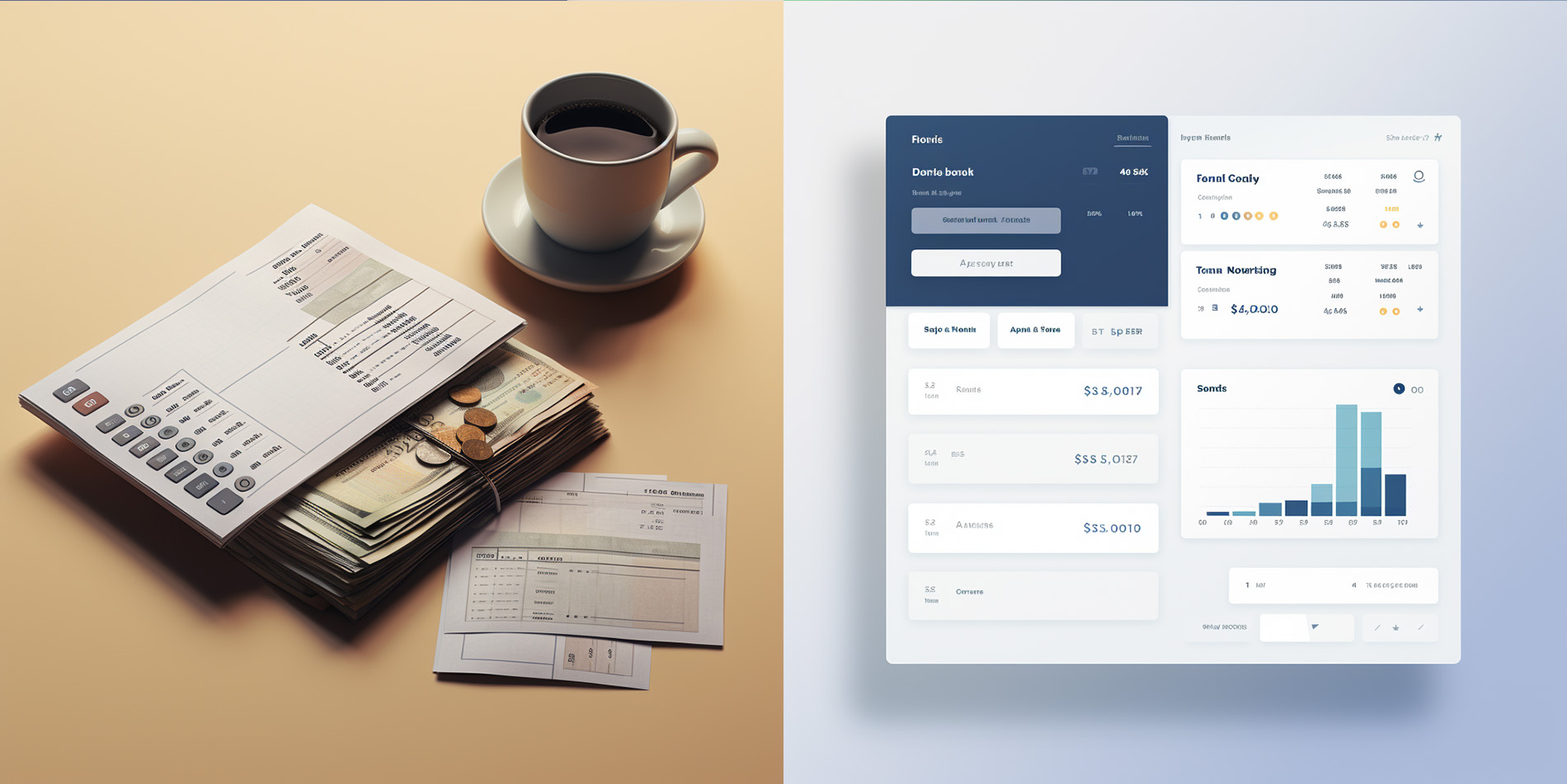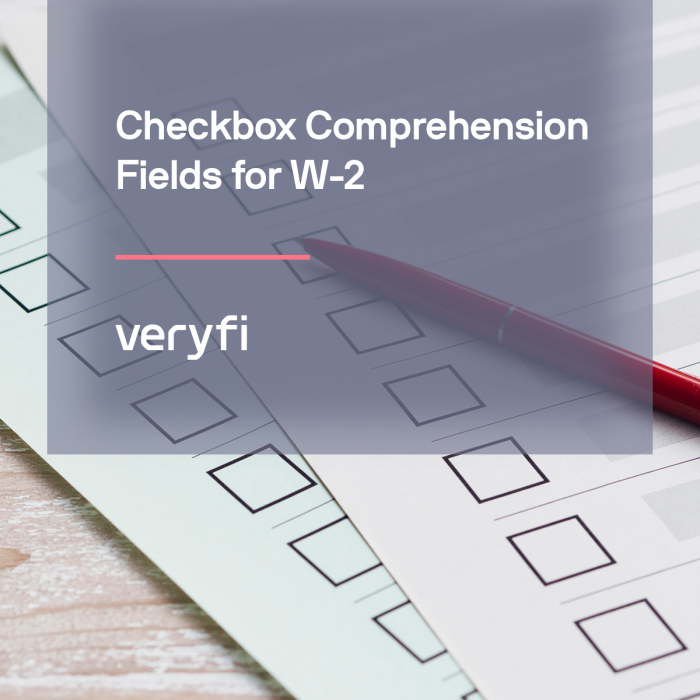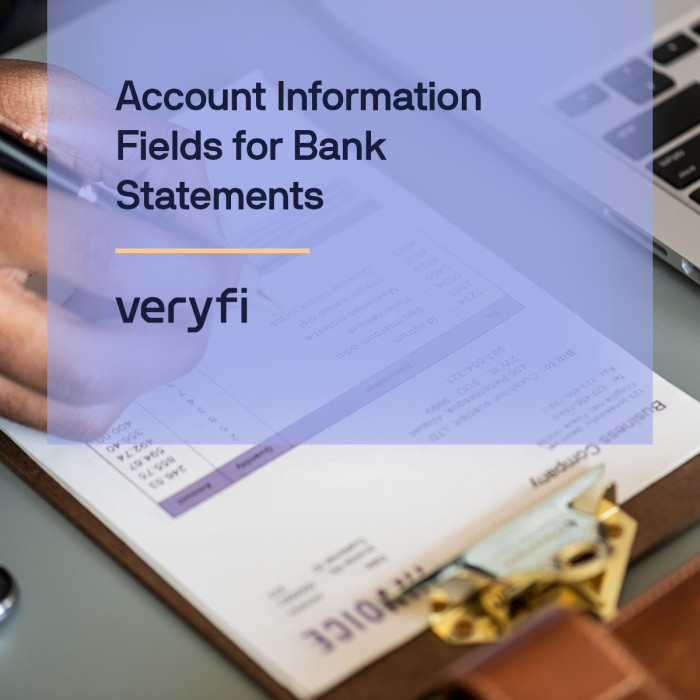establish or ascertain the date of (an object or event).Date
The concept of a date
The concept of a date, as in the day of the month or year as specified by a number, has been around for centuries. The first known calendars were developed in ancient Egypt and Babylonia, and they used a variety of different systems to track the passage of time.
The ancient Egyptians divided the year into 12 months of 30 days each, with an additional five days at the end of the year that were considered to be a kind of holiday season. The Babylonians also used a 12-month calendar, but their months were slightly longer than the Egyptian months, and they did not have any additional days at the end of the year.

Both the Egyptians and the Babylonians used a solar calendar, which means that their calendars were based on the Earth’s rotation around the sun. However, their calendars were not perfectly accurate, and they slowly drifted out of sync with the seasons over time.
The first accurate solar calendar was developed by the Greeks in the 4th century BC. The Greek calendar was based on the Egyptian calendar, but it was corrected to keep it in sync with the seasons. The Greek calendar was later adopted by the Romans, and it became the basis for the Julian calendar, which is still used by some Eastern Orthodox churches today.
Date fields in Modern Era
The fields you mentioned are essential in financial documents, enabling precise tracking of money and resource flows within an organization.
For instance, the Invoice Date and Due Date fields provide insights into payment schedules and actual receipts, facilitating efficient cash flow management and early identification of potential issues.
Tracking order progress and shipment timelines can be achieved using the Order Date and Ship Date fields. This information ensures timely deliveries and minimizes customer waiting time, enhancing overall satisfaction.
The Delivery Date field allows businesses to monitor actual product delivery, measure customer satisfaction levels, and identify areas for improvement in delivery times.
The Start Date and End Date fields enable accurate billing and cost reduction by tracking the duration of service provision. These fields help ensure precise invoicing and identify opportunities for optimizing expenses.

Similarly, the Line Item Start Date and Line Item End Date fields aid in accurate billing for specific line items on an invoice, leading to improved accuracy and potential cost savings.
These fields offer extensive possibilities in financial documents.
Here are some additional ways they can be utilized:
- Identifying trends: Tracking the values of these fields over time helps identify trends in financial data, enabling informed decision-making.
- Performing analysis: Leveraging these fields, you can conduct financial analysis, such as cash flow and profit margin calculations, to enhance financial performance.
- Generating reports: Utilizing these fields, you can generate insightful reports to share information with stakeholders and track progress towards financial goals.
By effectively utilizing these fields, businesses can gain valuable insights, improve efficiency, accuracy, and customer satisfaction, and make informed decisions to drive success.
The barcode fields, as described on the supported fields page, are readily available and fully functional from the outset of Veryfi API use. Day 1 ready. No training required.
Supported Date Fields
- Invoice Date
- Due Date
- Order Date
- Ship Date
- Delivery Date
- Start Date (or arrival in hotel folio)
- End Date (or departure in hotel folio)
- Line Item Start Date (service provided dates)
- Line Item End Date (service provided dates)
Worldwide Date Formats
Supporting your local date formats is step 1. If you are an online business and/an enterprise company, you have customers worldwide. Even if you don’t have customers worldwide, you still have customers who will travel geographically and expect any app they use to have worldwide coverage.
This is just a short list of the complexities that Veryfi API can deal with for you to make your product pop with envy from your competitors.
| Date Format | Country | Complexity |
|---|---|---|
| MM/DD/YYYY | United States | Simple (month/day/year) |
| DD/MM/YYYY | United Kingdom | Simple (day/month/year) |
| YYYY-MM-DD | ISO 8601 | Simple (year-month-day) |
| DD/MM/YYYY | Australia | Simple (day/month/year) |
| YYYY/MM/DD | Japan | Simple (year/month/day) |
| DD.MM.YYYY | Germany | Simple (day.month.year) |
| MM/DD/YYYY | Canada | Simple (month/day/year) |
| DD.MM.YYYY | Russia | Simple (day.month.year) |
| YYYY년 MM월 DD일 | South Korea | Complex (year “년” month “월” day “일”) |
| DD/MM/YYYY | France | Simple (day/month/year) |
| DD.MM.YYYY | Switzerland | Simple (day.month.year) |
Use Cases for Date Fields
Here’s a brief run down of how you can use these date fields either in your app to take advantage of the wealth of data Veryfi OCR API provides.
| Field | Description | Insights & Intelligence | Application Type |
|---|---|---|---|
| Invoice Date | The date when an invoice is issued or generated. | Payment patterns, revenue tracking, overdue payments. | Accounting software, billing systems. |
| Due Date | The date by which payment is expected or required. | Payment deadlines, cash flow management, late payment analysis. | Billing systems, financial apps. |
| Order Date | The date when an order is placed or initiated. | Order processing time, sales trends, customer preferences. | E-commerce platforms, order management systems. |
| Ship Date | The date when an ordered item is shipped or dispatched. | Delivery time, logistics analysis, order fulfillment tracking. | E-commerce platforms, logistics management systems. |
| Delivery Date | The date when a product or service is delivered to the customer. | Delivery performance, customer satisfaction, delivery delays. | E-commerce platforms, delivery tracking apps. |
| Start Date | The date when a customer’s stay or service begins (e.g., hotel). | Length of stay, occupancy rates, booking patterns. | Hotel management systems, reservation apps. |
| End Date | The date when a customer’s stay or service ends (e.g., hotel). | Duration of stay, room turnover, customer feedback. | Hotel management systems, booking platforms. |
| Line Item Start Date | The date when a specific service or line item starts. | Service duration, scheduling efficiency, resource allocation. | Service management apps, project management tools. |
| Line Item End Date | The date when a specific service or line item ends. | Service completion, performance metrics, project timelines. | Service management apps, task tracking software. |
Are your creative gears turning yet?
Consider this your catalyst for developing awe-inspiring apps and tools that will captivate customers and leave them smitten.
In the words of Deloitte, “Data is the new gold.” Embrace the future with Veryfi and position yourself for unparalleled success. Unleash the power of date fields and data and embark on a journey of limitless possibilities. Let your imagination soar and forge a path to greatness with Veryfi by your side.










